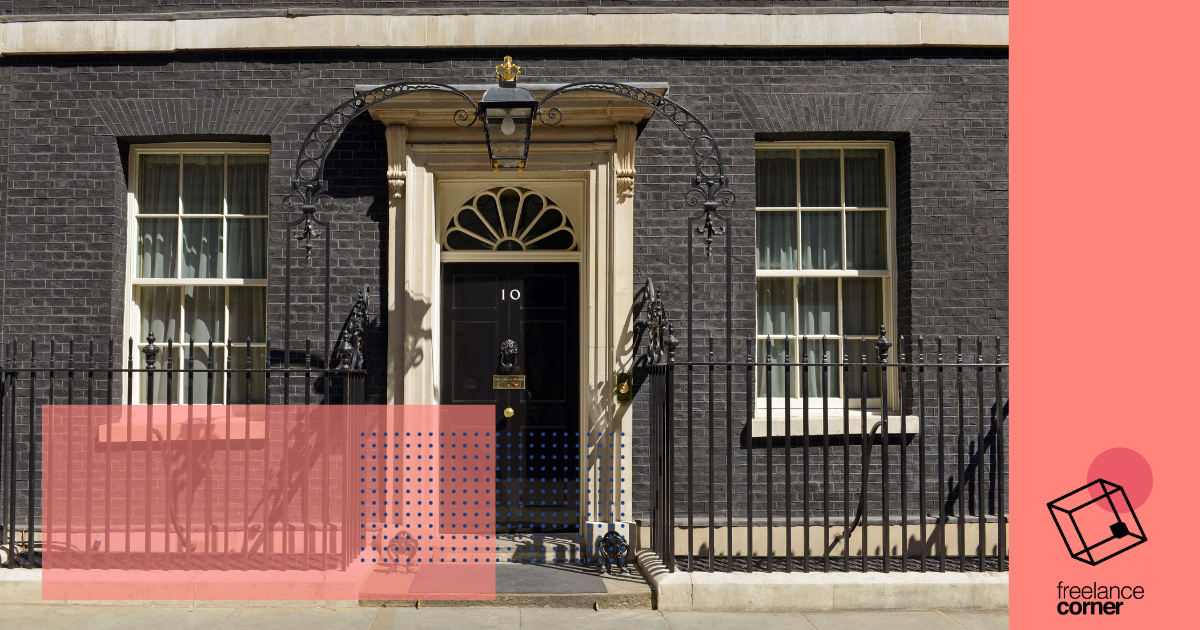Put any two freelancers into a room together and, at some point, the conversation will include a list of nightmare experiences with previous clients. It’s fun to share self-employed war stories and release any built-up frustration. But if the same things keep happening, it’s time to change how we work, and that means you need to stop blaming clients for bad briefs.
A brief is defined as ‘a set of instructions given to a person about a job or task’. Unfortunately, this description doesn’t include being clear, useful, or even realistic for the time and budget allocated. And this can lead to never-ending pain for both clients and freelancers.
They’re most commonly used in creative industries, and should help you to understand the background and reason for the project and the target audience, the objectives, tone of voice and key message, and all of the admin details including mandatory elements, deliverables, timeline, budget and who eventually approves your work.
Unfortunately, the ‘creative’ part also refers to how they’re created, usually by committee for larger clients, and often attempting to include everything, and the kitchen sink, into the brief for one small image or 20 second video. Meanwhile smaller clients may not have even heard of briefs, or realise why they’re important.
That’s why so many freelancers have stories about vague instructions to create images with more ‘Pow!’, or how a 300-word blog post became novel-length after a never-ending succession of emails and telephone chats without any increase in budget or timelines.
It’s easy to blame the clients, but as freelancers, we share the responsibility for allowing bad briefs to continue. Especially if we’ve agreed to work with them more than once in our careers. Especially when the solutions are fairly simple.
All you need to do is become proactive and take the initiative. No matter what size of client, or the state of their initial work request, you have options available.
Insist on a clear, concise, written brief for projects alongside your contract (you do have a contract in place with every client, don’t you?). And make sure you review it, and question anything that isn’t explained properly, or could become an issue. One way these problems are highlighted is by responding to a client brief with your own creative brief outlining what you’re going to be doing.
If a client can’t be bothered to spend even a few minutes setting out what they’re investing in, then it’s a definite red flag.
Clients generally don’t slip briefs because they’re lazy. It’s more likely that they’ve never sat down and established a clear plan for their marketing, advertising or design. Which means you get the nightmare of a client only thinking about what they actually want, after you’ve already started trying to deliver it.
If a bad brief turns up, then you have options. The first is to walk away entirely, meaning it will become the problem of another poor freelancer.
The other choice is to work with your clients, and help them to understand the process and benefits of good briefs. Often the best freelancing projects are those which turn into long-term collaborative partnerships, so it’s worth investing a little time and effort. You’re more likely to retain a client if you know exactly what they want, and it’ll benefit you on all future work.
Take responsibility and educate yourself on what a good brief looks like, and the questions that need to be answered.
Offer to help the client through the process, or ask the questions yourself and draft a brief for them to sign off. There are plenty of templates and good examples online for you to adapt and utilise as part of the education process.
If it works, you’ve got a client relationship which will create less hassle, and give you a better opportunity to create your best work to meet clear objectives. And if not, then you’ve got an early warning that the project will probably take longer than expected, and potentially be underwhelming.
Most importantly, stop blaming clients for bad briefs. Agreeing contracts and project plans as an equal partnership, and you’ll often build a lot of the respect and trust which underpins great freelancing projects.
Read more of Dan’s previous opinion columns on freelancing here, including bad briefs, living with another freelancer, and why everyone should be self-employed at least once in their careers.






